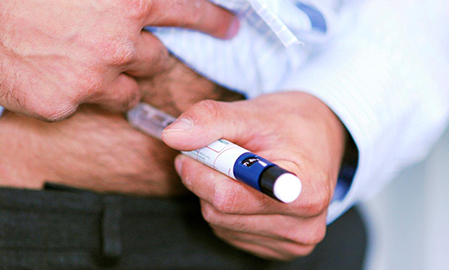The non-partisan Government Accountability Office did a quick tally of cost-effective medical interventions, and a significant number of those in the “yes” column were for diabetic patients.
The procedures do not have flashy names or high-tech components, or even “new and improved” labels, but the GAO found that they do achieve positive health outcomes and savings. The savings for diabetes patients could be substantial—a recent Health and Human Services report indicates managing conditions that often ride along with diabetes, such as heart and eye diseases, cost around $245 million a year. Plus, diabetic patients generally have health expenses that are 2.3% higher than those of patients who do not have to struggle to control their blood sugar.
Among the interventions that made the cut: foot care to prevent ulcers for type-1 and type-2 diabetics and compound interventions such as education, drug treatments and screening for type-1- and type-2 patients and early drug treatment to prevent end-stage renal disease for type-2 diabetics.
The list included quite a few not-worth-it ratings in the cardiovascular health category, including using beta-blockers or cholesterol-lowering drugs to prevent heart attacks among coronary-heart-disease patients. The GAO also found that cholesterol-lowering medications did not make financial sense as a primary means of cardiovascular-disease prevention among type-2 diabetics who have high cholesterol but no cardiovascular-disease history.
The report also indicated that half-measure interventions, such as educational materials without additional support, are not effective. For example, the GAO found that handing out smoking-cessation information was of little help unless paired with counseling across categories including men in their early 50s, pregnant women and patients with type-2 diabetes. DIY diabetes management information also failed the GAO’s cost-effective test.
Vaccinations generally came out on the GAO’s “good” list, including influenza vaccinations, but they also found that vaccinating men is of lesser value if female vaccination against the human papillomavirus remains low. This alone can have a considerable cost—HPV causes most cervical and anal cancers.







